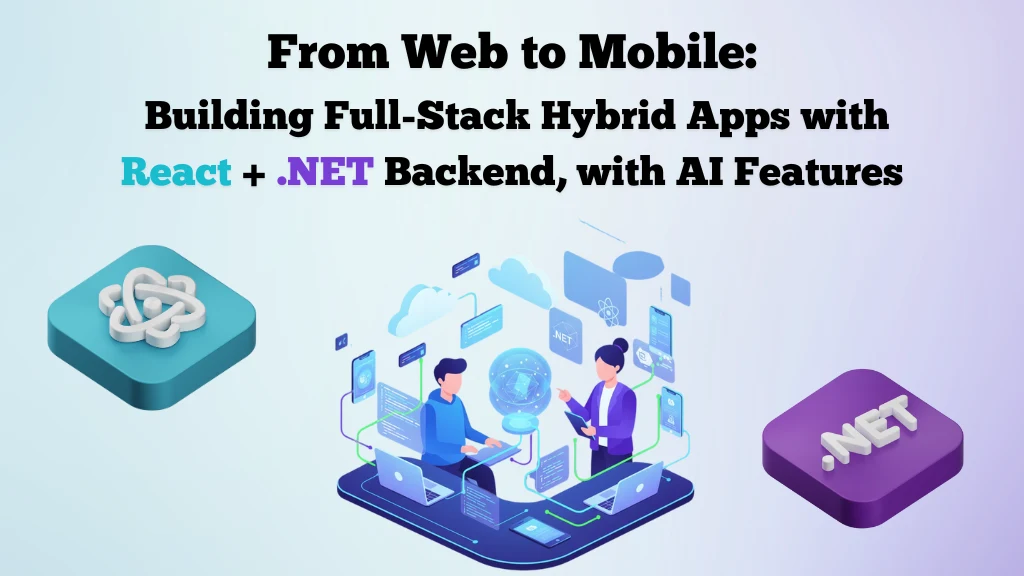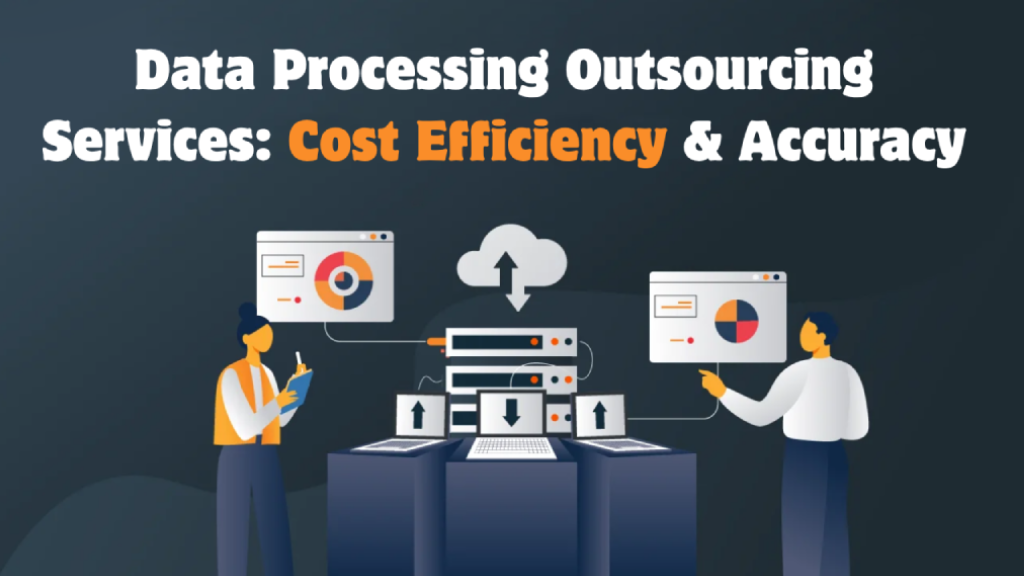When you decide whether to hire an in-house IT team or work with managed consulting companies, you're not just making a staffing choice; you're making a long-term strategic choice. The right mix will have an impact on your company's culture, costs, and ability to compete for years to come.
It determines how quickly you can launch new products, how well your business can handle stress, and how well you can use new technologies like AI, automation, and cloud-native platforms. This article looks at the main differences between in-house IT and managed consulting partners in terms of cost-effectiveness, scalability, skill depth, and time-to-market.
We'll look at how these things affect new businesses that want to grow quickly and businesses that want to follow the rules. You will also find a useful framework for hybrid models in which internal teams and Managed IT Consulting partners work together to make a strategic impact. This article will help you choose between IT outsourcing and in-house IT in a way that fits with your business strategy, not just your budget.
In-House IT vs Managed Services What's the Real Difference?
At a high level, both in-house IT and managed services aim to deliver IT strategy, maintain operational continuity, and drive business transformation. The difference lies in how they deliver value.
In-House IT
Your employees handle day-to-day infrastructure management, application support, and strategic initiatives. You retain full control over priorities, culture, and institutional knowledge.
Managed Services and Consulting Partners
Managed IT Service Providers (MSPs) and IT consulting firms promise certain results, such as service availability, incident response, and project execution. They do this by offering SLAs and access to a wide range of experts. This provides flexibility and skill depth without expanding payroll.
How to Decide Which Model to Use and When ?
- In-House IT
Excels when domain knowledge matters proprietary systems, unique workflows, and close collaboration with product teams . - Managed Services
Shine when you need scale, specialized expertise, or round-the-clock operations at a predictable cost. The new currency is scalability and time-to-market.
Scalability and Time-to-Market Are the New Currency
Scalability is no longer just an operational issue; it's a strategic advantage because to the advent of cloud computing, AI usage, and automation-first tactics. Your time to market and ability to innovate now depend directly on how rapidly your IT model can grow or change .
Where In-House IT Works Best?
When long-term knowledge and cultural fit are important, an in-house IT team is the best choice. When the goal is to design systems that can be used again and again and that fit with the company's bigger vision and operations, these teams can grow quickly.
- Creating platforms that can be used again and again to provide product and engineering teams across the company more authority.
- Making standards and best practices part of the organization, like using a platform engineering model that cuts down on duplication and encourages uniformity.
- Leading cross-functional projects where being close to business teams helps make choices faster and make sure that technology is in line with company goals.
In other words, internal IT grows best when it focuses on depth and continuity—building fundamental systems and procedures that change as your organization does.
Where Managed Services Really Shine at Scaling?
Managed IT services, on the other hand, are great when speed, global reach, and specialized expertise are very important. They make it easy to grow a business quickly, without the delays, training, or other costs that come with recruiting more people.
24/7 monitoring and incident response with several levels of coverage that keep the business running all the time. Quickly hiring and carrying out cloud migrations, software rollouts, or company-wide device updates. Specialized skills like responding to cybersecurity incidents, engineering data, optimizing cloud costs (FinOps), or managing compliance.
This flexibility lets businesses grow or shrink in real time, which is especially helpful during times of high demand, when they buy new companies, or when they switch to new technology.
Think about it
People who know how to use technology have a shorter half-life than ever . In fields that move quickly, like cloud computing, security, and AI engineering, what is cutting-edge today may not be in a year. That's why a lot of smart companies now update their most important skills every year—not just to be compliant, but also to stay relevant.
Managed partners are quite helpful for jobs that need to learn new skills all the time or quickly adopt new technologies. In the meanwhile, in-house IT teams are still important for long-term skills like:
- Making and keeping the main structure of your systems up to date.
- Overseeing vendor governance and compliance throughout your IT ecosystem.
Supporting IT that is in line with the product, where institutional knowledge has a direct effect on user experience and innovation.
The Advantages of Managed Services in an AI-Centric Era
Managed IT Services is changing very quickly. It's not just about saving money or covering holes anymore; it's about developing anintelligent, flexible IT foundation that can keep up with the AI-driven world of today.Modern managed partners now offer AI accelerators, automation frameworks, and predictive insights that provide long-term value that goes much beyond what traditional outsourcing can do.
AI Makes Operations Smarter
Managed service providers are changing how they do business by using AI-assisted monitoring, predictive analytics, and automated issue triage. AI finds problems before they happen, which cuts down on downtime and makes the end-user experience better. Before, it could take hours to fix a problem by hand. Now, it can be fixed in minutes and sometimes even before anyone reports it.
Automation That's Quick Yet in Control
Partners can automate complicated activities faster by combining low-code tools with Python-based logic and connectors. This doesn't mean giving up on security or governance. These automation frameworks that are ready to use help businesses securely grow Robotic Process Automation (RPA) by making sure that compliance and traceability are always in place, even when teams quickly construct new automations.
Cloud FinOps That Keeps Your Budget Safe
It's difficult to keep track of cloud charges as more businesses use several clouds. Managed partners' AI-powered FinOps methods help keep cloud costs down by automatically resizing instances and enforcing smart rules. This makes sure you get the performance you need without spending too much as your workloads grow.
A New Way to Work with AI
People who aren't tech-savvy can now help with automation thanks to AI copilots and low-code platforms. Anyone who works in HR, finance, or operations can make their own dashboards or workflows these days. The managed IT partner makes sure they are safe, legal, and ready to grow. This shared idea makes automation a skill that everyone in the company should have not just IT.
Things People Often Get Wrong When Picking an IT Model
When deciding between in-house IT and managed services, it's not just about money or the number of employees. It's also about finding the right balance between control, flexibility, and responsibility. But a lot of companies, even those with good intentions, make the same mistakes that slow down change and add hidden costs.
Here are some of the most common ones and how to stay away from them.
1. Hiring First, Planning Later
It's easy to want to hire specialists right away, especially when there's a lot of pressure to "get IT in place quickly". But if you don't have a clear plan for who does what, why it matters, and how success is measured, even great hires can end up not being used to their full potential or not being on the same page.
Always start by defining your IT operating model . Before opening new roles, figure out which skills should stay core (like architecture or security) and which can be expanded through partners .
2. Outsourcing Results Without Taking Responsibility
You can't just walk away when you outsource. When companies give important tasks to a managed partner without making it clear who is responsible, what the key performance indicators (KPIs) are, or how success will be measured, there are gaps in response times, quality, or even compliance.
Make sure that each outsourced process has some internal ownership. Don't just say, "We hired a vendor." Instead, say what you want to see happen, like uptime, SLA response times, or successful deployment.
3. Not Paying Attention to Change Management
Changes in technology are easy. It's hard to change people. You need to talk, train, and adapt to a new operating model, whether it's hybrid, outsourced, or fully internal. If you don't manage change, it can cause confusion, resistance, or workflows to break down without anyone noticing.
Don't just think of IT restructuring as a technical change; think of it as a change in the way the company works. Get leaders involved, explain why the change is important, and give teams the tools they need to adapt early.
4. Not Giving Enough Credit to Knowledge Transfer
Knowledge leaving the company is one of the biggest hidden risks in any IT model. When your experts leave or your managed partner changes staff, you can lose undocumented knowledge, which can slow down projects and increase downtime.
Don't forget to include documentation, runbooks, and paired working sessions in every IT plan. Your systems should keep working even if you change staff.
5. Making Deals for Actions, Not Results
A lot of teams still look at how well a vendor does by looking at how many "hours worked" or "tickets closed" they have, not how well they do for the business. This causes people to work hard for no reason and gives them the wrong incentives.
Make contracts based on important outcomes like uptime percentage, mean time to restore, deployment frequency, and security scores. People stay focused on what makes the business valuable when success is based on results.
When a Hybrid Model Works (Managed IT Consulting and an Internal Team)
Hybrid models often give you the best of both worlds. A strategic plan includes:
- Strategy and Architecture Done In-House
Keep control of your technology vision, reference architectures, and vendor governance. - Partner-Led Operations
Hire someone else to handle NOC, SOC, endpoint management, and backup/DR with outcome-based SLAs. - Shared Build Factory
Internal teams that work on the same products work with partners to build major projects using the same pipelines, IaC templates, and documentation standards. - First, Automate
Think of automation as a shared goal. Your partners give you tools to speed things up, and your team figures out the business context and ranks the use cases.
Conclusion :
You don't have to choose between in-house IT and managed consulting partners. It's a smart way to divide up work that takes into account cost, scalability, skill depth, and time to market. Use in-house skills when it's important for your business to stand out and for the situation.
Use managed services when you need a lot of them, need specialized help, and need them to be reliable 24/7. Think about using a hybrid model to bring together strengths, lower risk, and change as the needs of the organization change.






